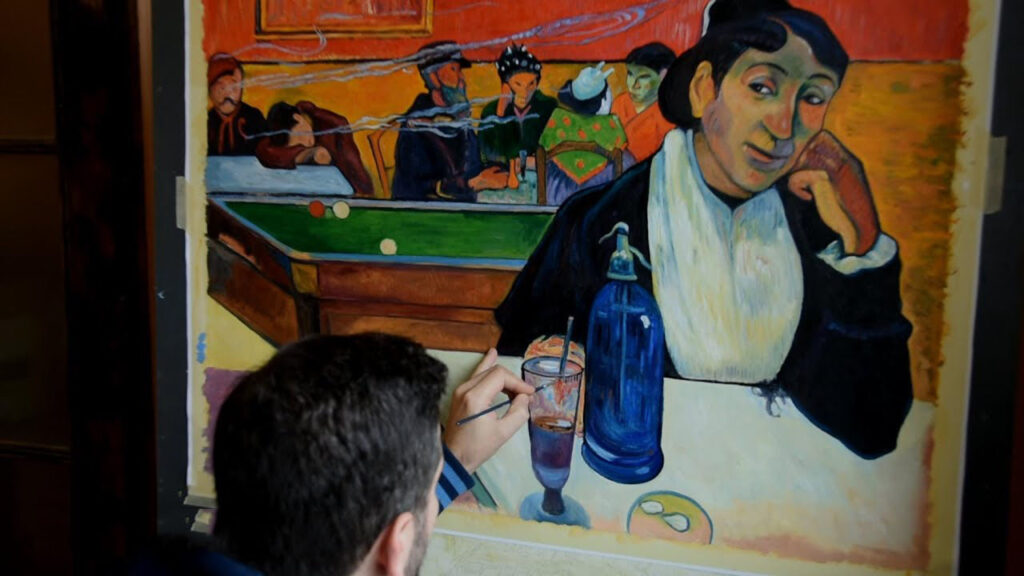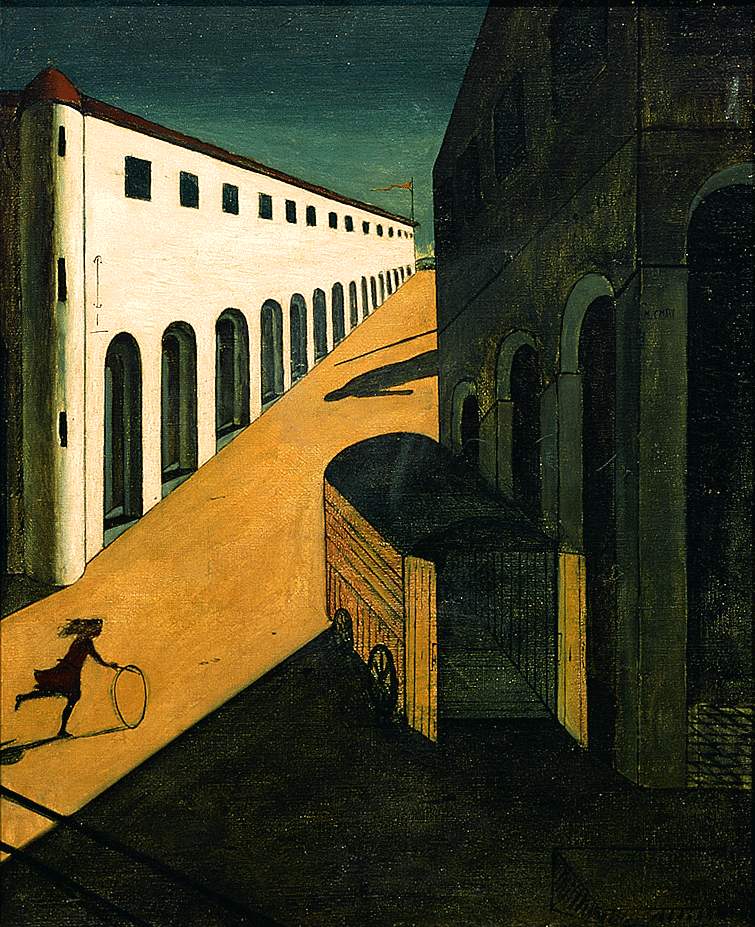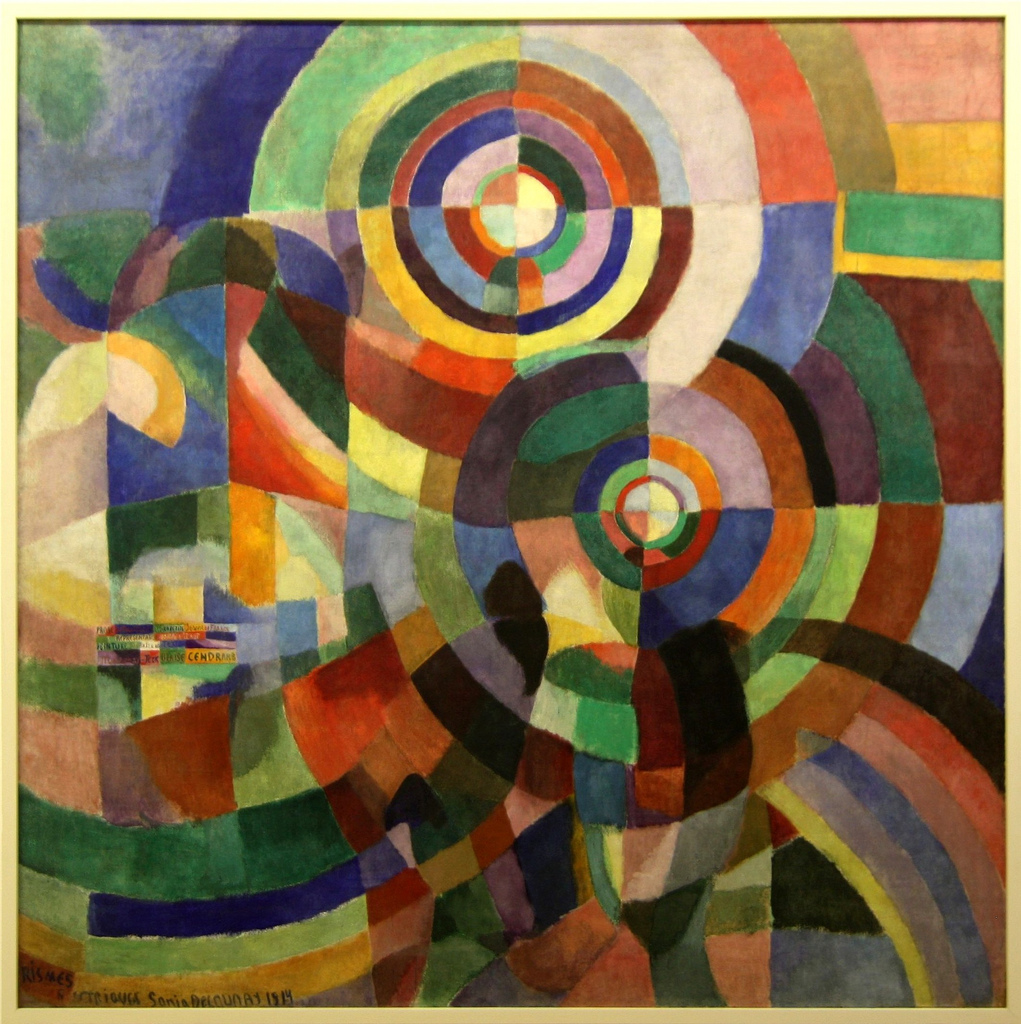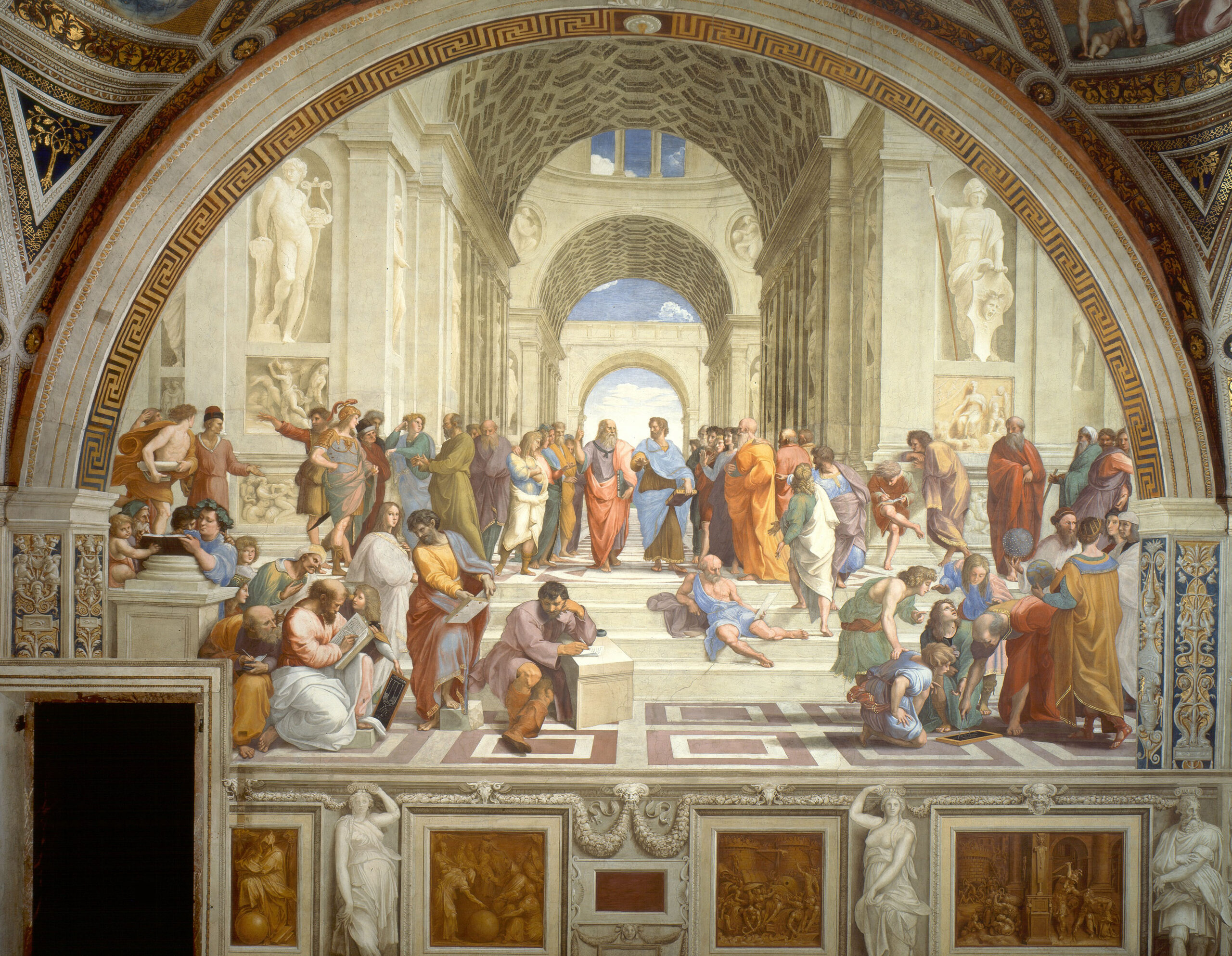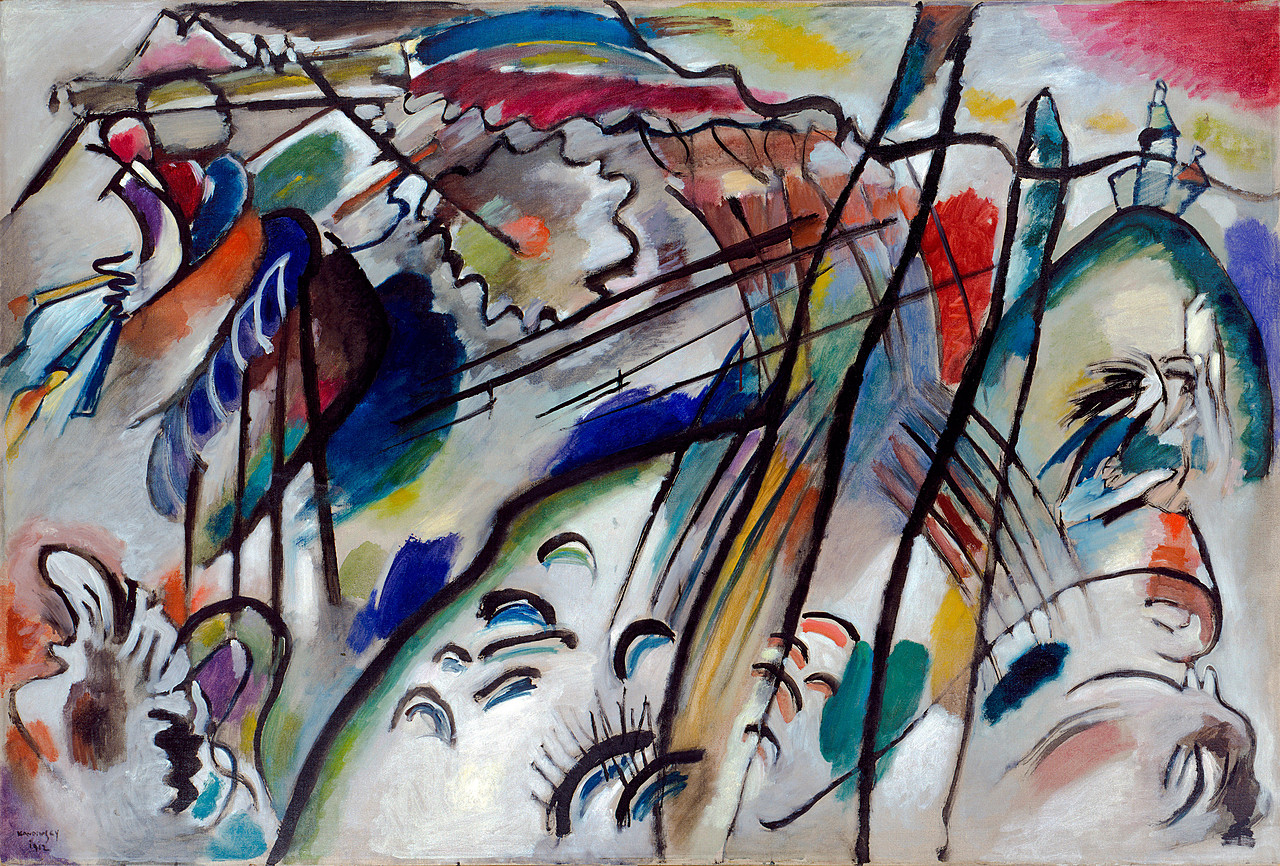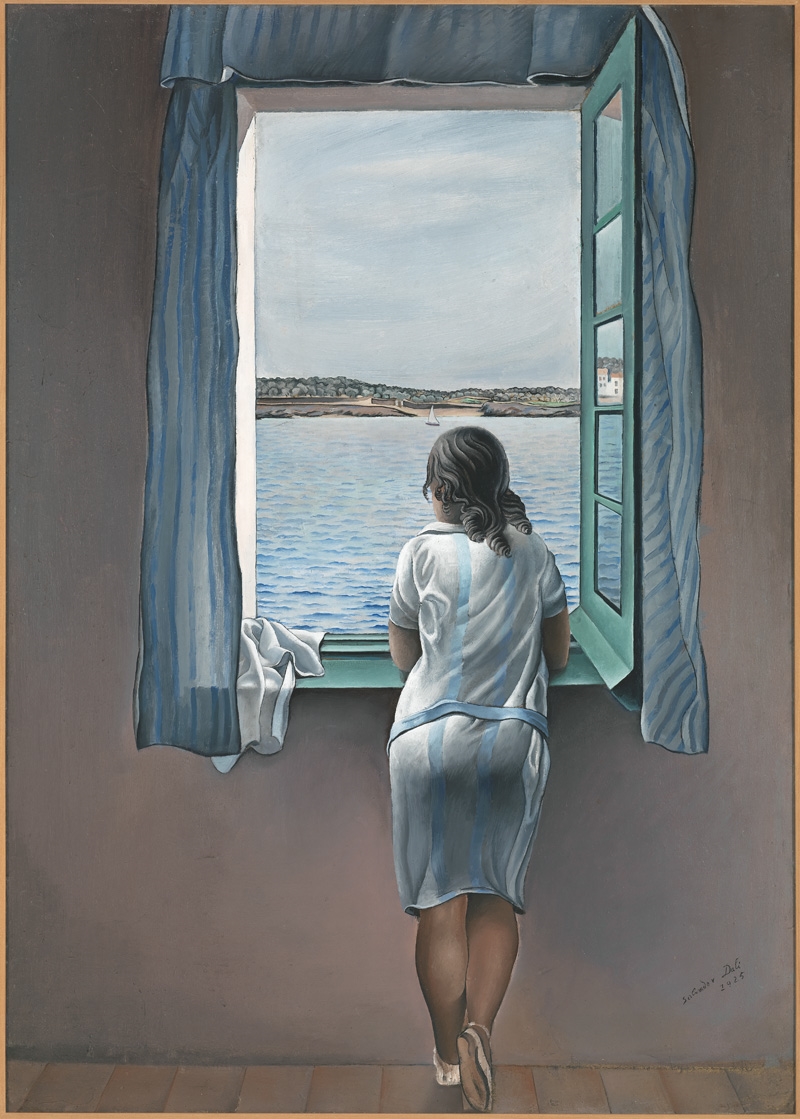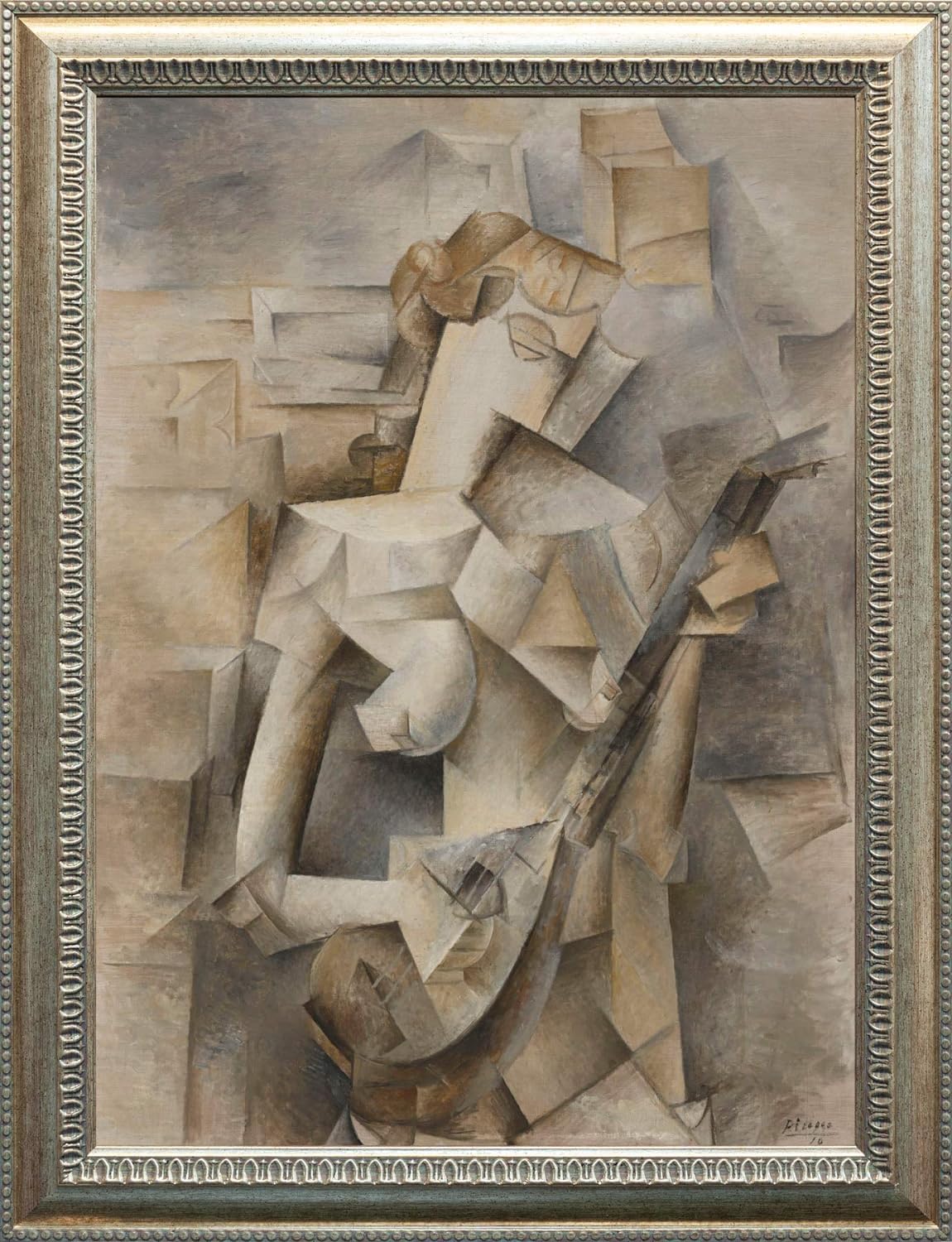The story of Paul Gauguin’s Night Cafe at Arles is a fascinating tale where the brushstrokes are only the beginning. This painter had the privilege of sharing eight weeks in the French city of Arles with none other than Vincent Van Gogh. This experience became a transcendental event for this painting and the history of art itself.
Tabla de contenidos
- Where Gauguin’s and Van Gogh’s dreams intertwine
- Paul Gauguin, the bridge between Van Gogh and Madame Ginoux
- Paul Gauguin’s Night Cafe in Arles
- One analysis, two visions and one scene: Night Cafe in Arles
- The competitive dynamics between Gauguin and Van Gogh
- Turbulence in Arles: The dramatic episode between Gauguin and Vicent
Where Gauguin’s and Van Gogh’s dreams intertwine
On October 20, 1888, Gauguin went to Arles at the invitation of Vincent van Gogh. The intention was to realize the vision of Gogh, who longed to build a utopian artistic community. Although Gauguin initially resisted, he gave in to Van Gogh’s persuasions and the insistence of his brother Theo Van Gogh, who paid him to make the trip and assured him that he would sell some of his works.
Paul Gauguin, the bridge between Van Gogh and Madame Ginoux
Van Gogh rented a room from the owners of the café in Arles. His relationship with them was business, and he did not dare ask Madame Ginoux to pose for him. But everything changed with the arrival of Gauguin the French conversationalist who connected and convinced Madame to pose for them both for an hour-long session, Gauguin made a charcoal sketch of Ginoux, and Van Gogh created an oil painting.
In detail below:
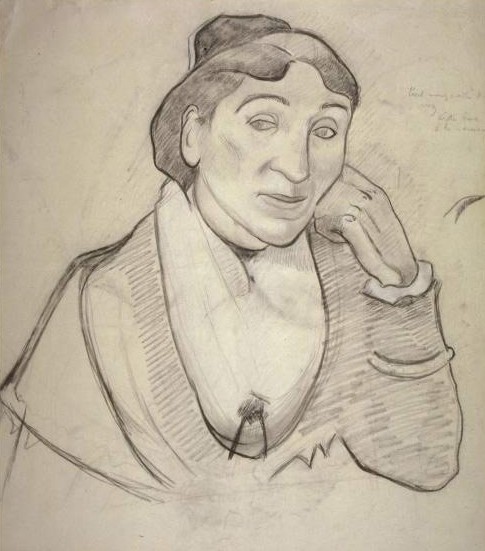
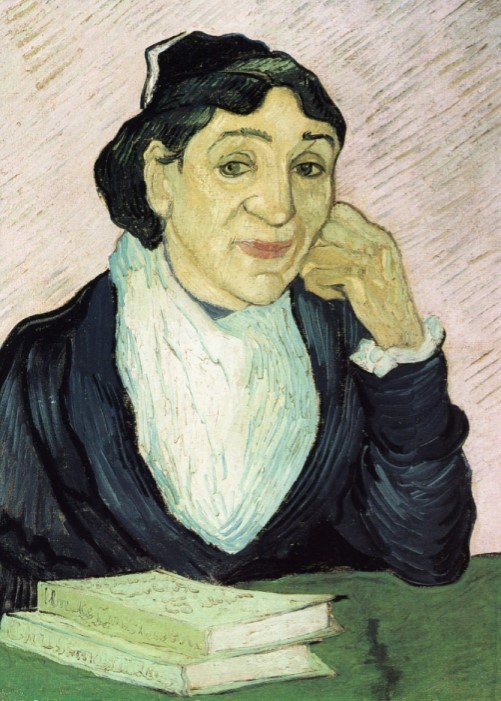
Paul Gauguin’s Night Cafe in Arles
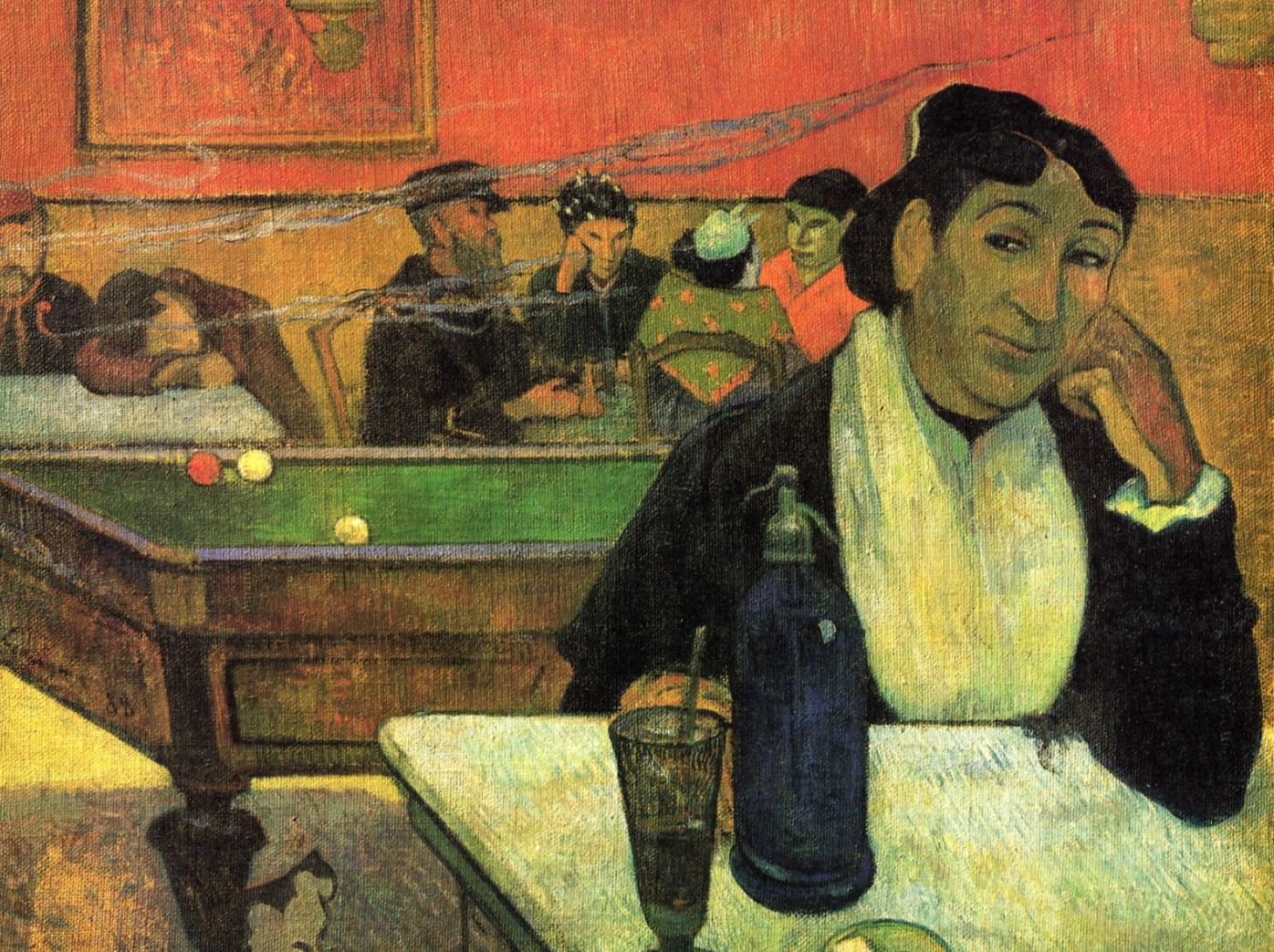
Artist: Paul Gauguin
Date: 1888
Title: At the Cafe
Art Movement: Post-Impressionism
Location: Pushkin State Museum of Fine Arts
Dimensions: 73 x 92 cm
Medium: Oil,jute
One analysis, two visions and one scene: Night Cafe in Arles
This painting was born by combining two works by Vincent Van Gogh, «Le Café de Nuit» and the portrait of Madame Ginoux entitled ‘L’Arlesienne’. Where Gauguin stands out by placing Madame Ginoux the owner of the café in the foreground, adding more social elements, such as prostitutes, the letter carrier Joseph Roullin friend of Gogh and other representations on the left. While Vicent presents an almost empty room with a billiard table devoid of defined figures, of loneliness and restlessness.
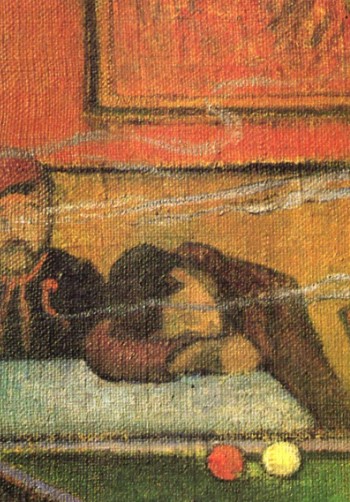
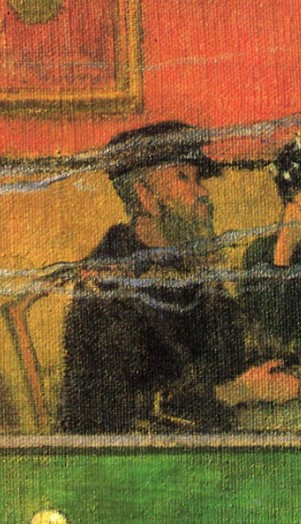
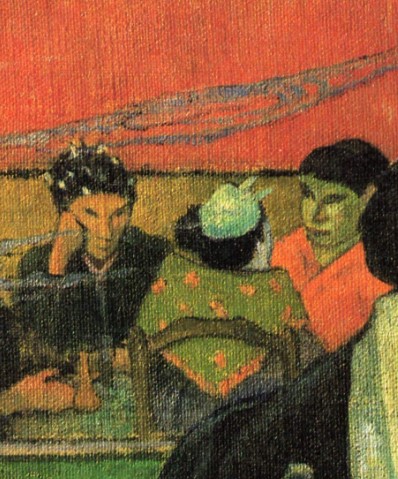
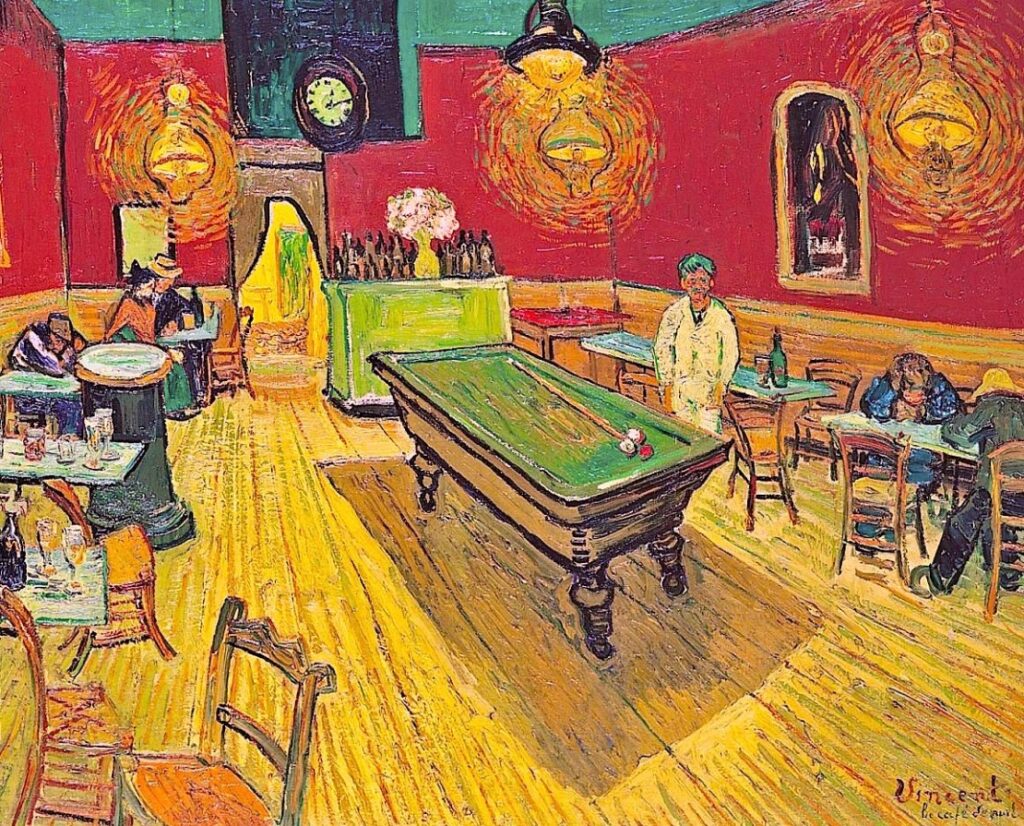
«Le Café de Nuit» by Vincent Van Gogh
Through the representation of diffuse figures, he suggests an atmosphere of solitude and mystery. The composition, dominated by warm and luminous tones, served as the basis for the painting Night Cafe At Arles of Paul Gauguin.
Revealing details and meaning in Night Cafe in Arles
Imagine standing in front of the painting Night Cafe At Arles, where the scene unfolds on a jute canvas painted with heavy brushstrokes and somewhat thickly layered paint, pause for a moment and observe Madame Ginoux herself expressing a strong sidelong glance. Now look closely at the strategic points Paul used for his two signatures in the work, one facing forward on the marble desk, the other on the side of the billiard table.
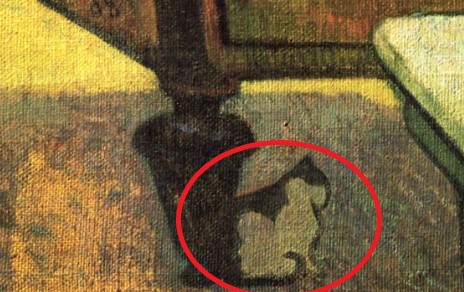
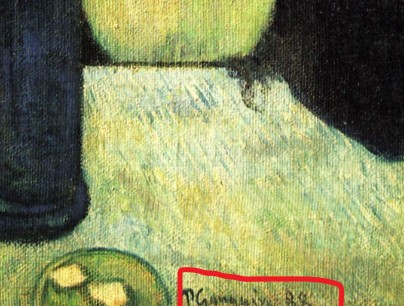
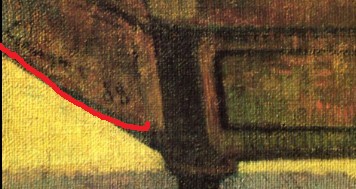
Madame Ginoux’s Revealing Gestures: Emotional Complexity
Madame Ginoux’s sidelong glance could represent an attitude of reserve or caution, suggesting a certain distrust of her surroundings. On the other hand, the gesture of resting her hand on her face could indicate comfort or consolation to herself, as if she were reflecting or contemplating something introspectively.
Together, these elements could symbolize the complexity of emotions, as well as the human experience between social interaction and the inner world of each individual.
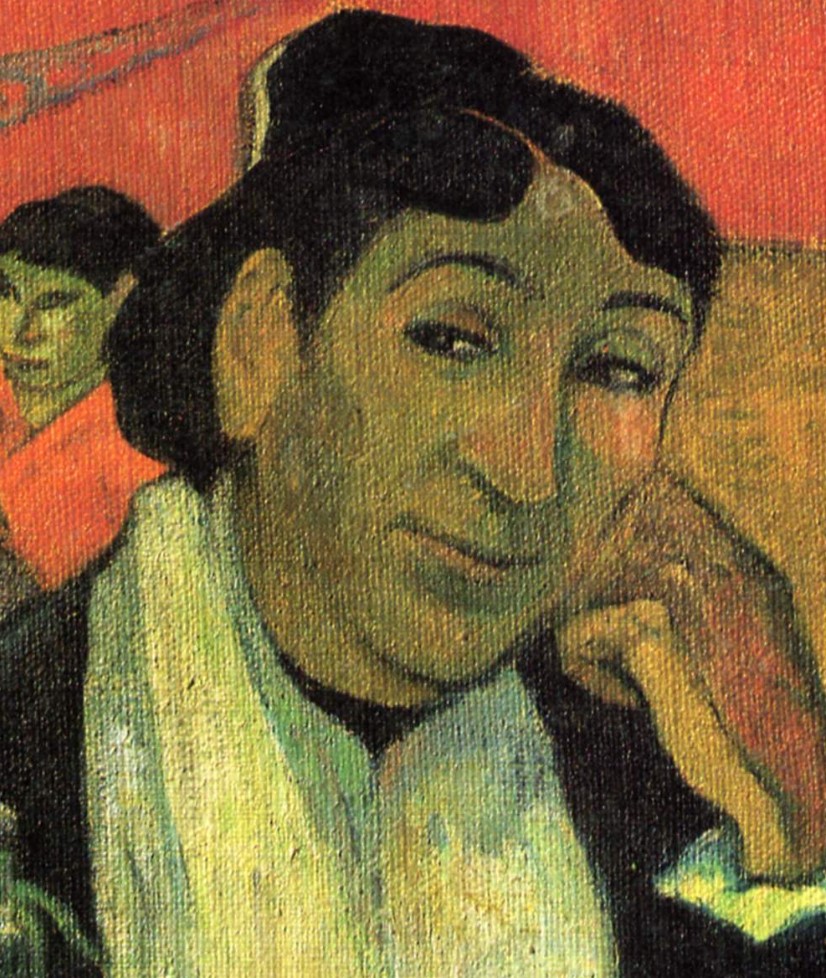
The competitive dynamics between Gauguin and Van Gogh
The relationship between these painters was forged as a competition. Paul, from his experience, assumed the role of mentor dealing with Gogh’s rebellious character, Gauguin guided him in the creative process and shared with him the technique of painting from reality and the art of extracting images from his own imagination. Despite this mentorship, at the heart of the relationship was Gauguin’s envy of Vincent’s ability to create expressive paintings very quickly.
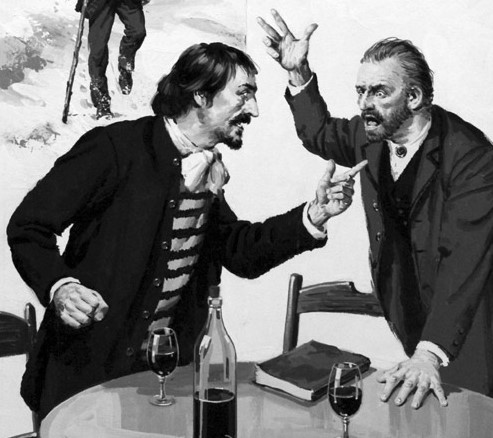
«During these eight weeks of intensive painting, Gauguin was confronted with the volatile temperament of his host, Van Gogh. Despite the strain on their working relationship, their time in Arles was incredibly productive: Gauguin created twenty-one paintings, while Van Gogh produced thirty-six.»
Turbulence in Arles: The dramatic episode between Gauguin and Vicent
On December 25, Gauguin decides to reveal his intention to leave Arles, which generates tensions between the two, in the midst of this conflict a dramatic episode in which Vincent accuses Paul of threatening him with a knife. In response, Van Gogh takes the drastic decision to cut off part of his left ear, uses a handkerchief wrapped in a newspaper to cover the wound and gives it to a local prostitute, explaining that it is a souvenir, and the woman immediately takes him to the hospital.
Upon witnessing this scene of madness, Gauguin preferred to flee and avoid meeting Vincent in person at all costs, and although they never saw each other again, there was communication through letters.
Experts say that Paul was able to complete the figure of Madame Ginoux and that of a man similar to Lieutenant Millet after he left Arles.
You may be interested in reading: Vision After the Sermon By【Paul Gauguin】

